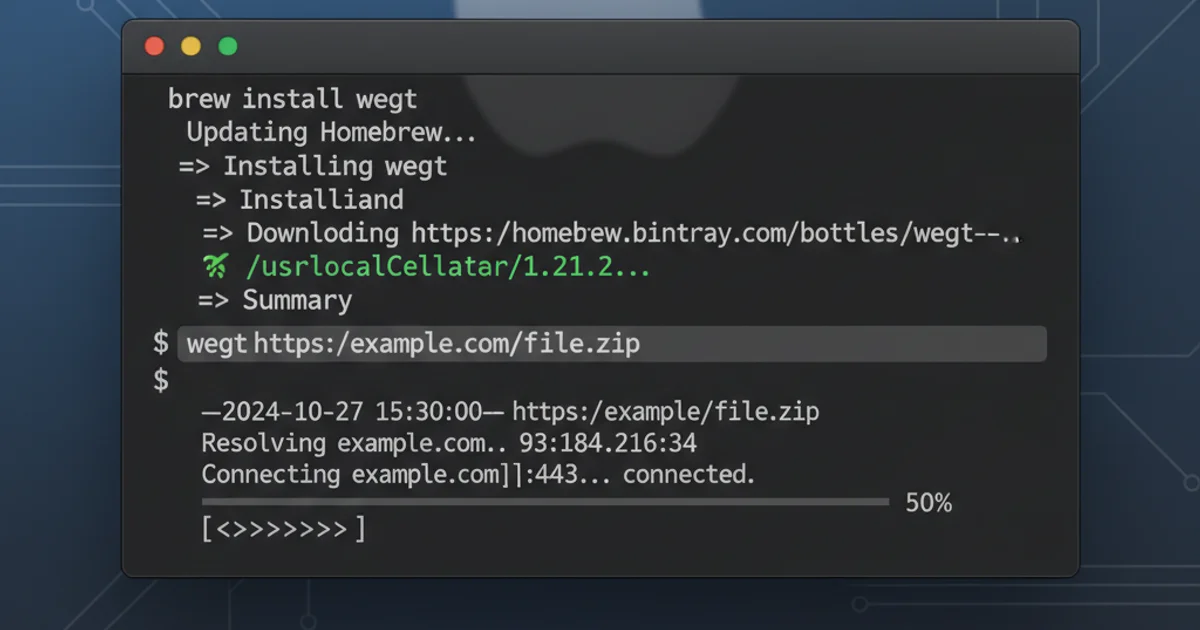MySQL Workbench acquire access for administration?
Acquiring Administrative Access in MySQL Workbench

Learn how to configure MySQL Workbench to connect with administrative privileges, troubleshoot common access issues, and ensure secure database management.
MySQL Workbench is a powerful visual tool for database architects, developers, and DBAs. It provides capabilities for SQL development, database design, creation, and maintenance. To perform administrative tasks such as user management, schema alterations, or server configuration, you need to ensure your connection has the appropriate privileges. This article will guide you through the process of setting up and troubleshooting administrative access in MySQL Workbench.
Understanding MySQL User Privileges
Before attempting to connect with administrative access, it's crucial to understand how MySQL handles user privileges. MySQL uses a granular privilege system where each user account can be granted specific permissions on databases, tables, or even columns. For administrative tasks, a user typically needs ALL PRIVILEGES on the desired databases or the SUPER privilege for global server operations. The root user, by default, has all privileges.
flowchart TD
A[Start] --> B{Identify Admin User};
B --> C{Grant Privileges (if needed)};
C --> D[Configure Workbench Connection];
D --> E{Test Connection};
E -->|Success| F[Admin Tasks Possible];
E -->|Failure| G[Troubleshoot Access];
G --> C;Flowchart for establishing administrative access in MySQL Workbench
Creating or Verifying an Administrative User
If you don't have an existing user with administrative privileges, you'll need to create one or grant privileges to an existing user. This usually requires connecting to your MySQL server using an account that already has sufficient privileges (e.g., the root user). Below is an example of how to create a new user and grant them ALL PRIVILEGES on all databases. Remember to replace your_admin_user, your_password, and localhost with your actual values.
CREATE USER 'your_admin_user'@'localhost' IDENTIFIED BY 'your_password';
GRANT ALL PRIVILEGES ON *.* TO 'your_admin_user'@'localhost' WITH GRANT OPTION;
FLUSH PRIVILEGES;
SQL commands to create a new administrative user and grant all privileges.
ALL PRIVILEGES ON *.* gives the user full control over your entire MySQL server. Use this with extreme caution and only for trusted administrative accounts. For production environments, consider granting only the minimum necessary privileges.Configuring MySQL Workbench Connection
Once you have a user with administrative privileges, you can configure MySQL Workbench to use this account. Follow these steps to set up a new connection or modify an existing one:
1. Open MySQL Workbench
Launch MySQL Workbench and navigate to the 'MySQL Connections' section.
2. Create or Edit Connection
Click the '+' icon to add a new connection, or right-click an existing connection and select 'Edit Connection'.
3. Enter Connection Details
In the 'Setup New Connection' dialog, provide the following:
- Connection Name: A descriptive name (e.g., 'Local Admin Connection')
- Hostname: The IP address or hostname of your MySQL server (e.g.,
127.0.0.1orlocalhost) - Port: The MySQL server port (default is
3306) - Username: The administrative username you created or verified (e.g.,
your_admin_userorroot) - Password: Click 'Store in Keychain' or 'Store in Vault' and enter the password for the administrative user.
4. Test Connection
Click 'Test Connection'. If successful, you should see a confirmation message. If not, review the error message and proceed to troubleshooting.
5. Save Connection
Click 'OK' to save the connection. You can now use this connection to perform administrative tasks.
Troubleshooting Access Issues
If you encounter issues connecting with administrative privileges, consider the following common problems and solutions:
- Incorrect Username or Password: Double-check the credentials. Passwords are case-sensitive.
- Host Mismatch: The user account might be restricted to connect from a specific host (e.g.,
'your_admin_user'@'localhost'). If you're connecting from a different machine, you might need to create a user like'your_admin_user'@'%'(allowing connection from any host) or'your_admin_user'@'your_client_ip'. - Firewall Issues: Ensure that your server's firewall (e.g.,
ufwon Linux, Windows Firewall) allows incoming connections on the MySQL port (default3306). - MySQL Server Not Running: Verify that the MySQL server process is active on the host.
- Privilege Flush: After granting new privileges, sometimes
FLUSH PRIVILEGES;is required for the changes to take effect immediately without restarting the MySQL server. - Authentication Plugin Issues: Newer MySQL versions might use
caching_sha2_passwordas the default authentication plugin, which older MySQL Workbench versions or client libraries might not fully support. You might need to change the user's authentication plugin tomysql_native_passwordor update your Workbench/client libraries. You can alter a user's authentication plugin using the following SQL command:
ALTER USER 'your_admin_user'@'localhost' IDENTIFIED WITH mysql_native_password BY 'your_password';
FLUSH PRIVILEGES;
SQL command to change a user's authentication plugin.